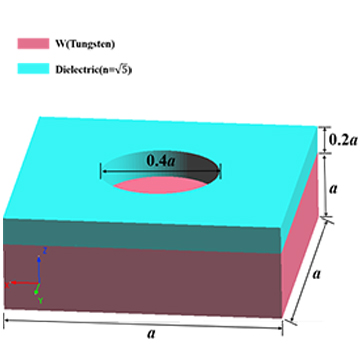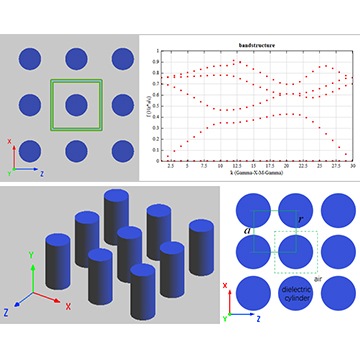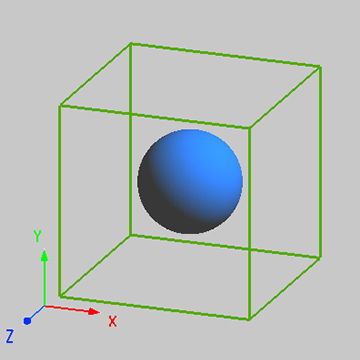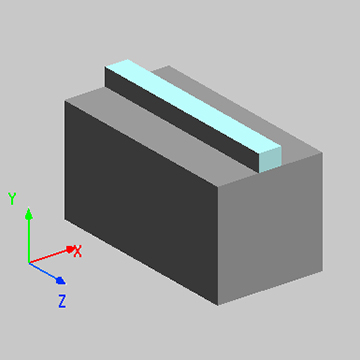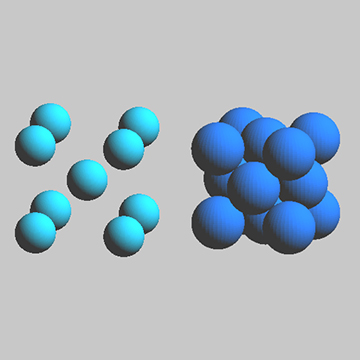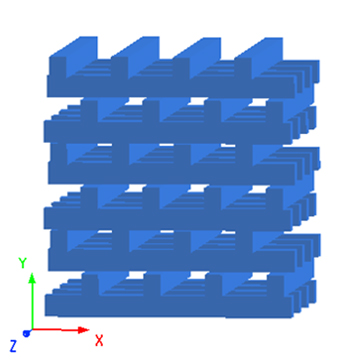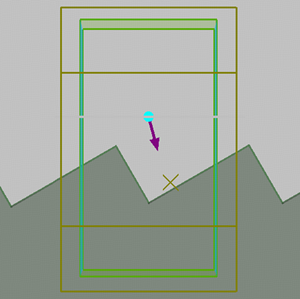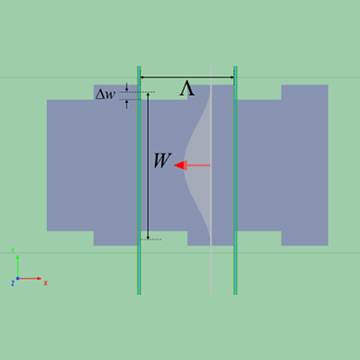FDTD
FDFD
FDE
Nonlinear
Far Field / Directivity
Asymmetric Fabry–Perot Cavities
Optical Polarization
Scattering
Multi-Frequency Mode
Optical Waveguide
Grating
Photonic Crystal
Solar Cell
Coupler / Splitter
Resonator
Metamaterial
Plasmonic
Thermal Emission
THz
Graphene
Color Filter
Fiber
Imaging
Radio Frequency
Metalens
Contact Number
Email
 Enterprise WeChat
Enterprise WeChat WeChat Service Account
WeChat Service Account
 Wechat Channels
Wechat Channels



